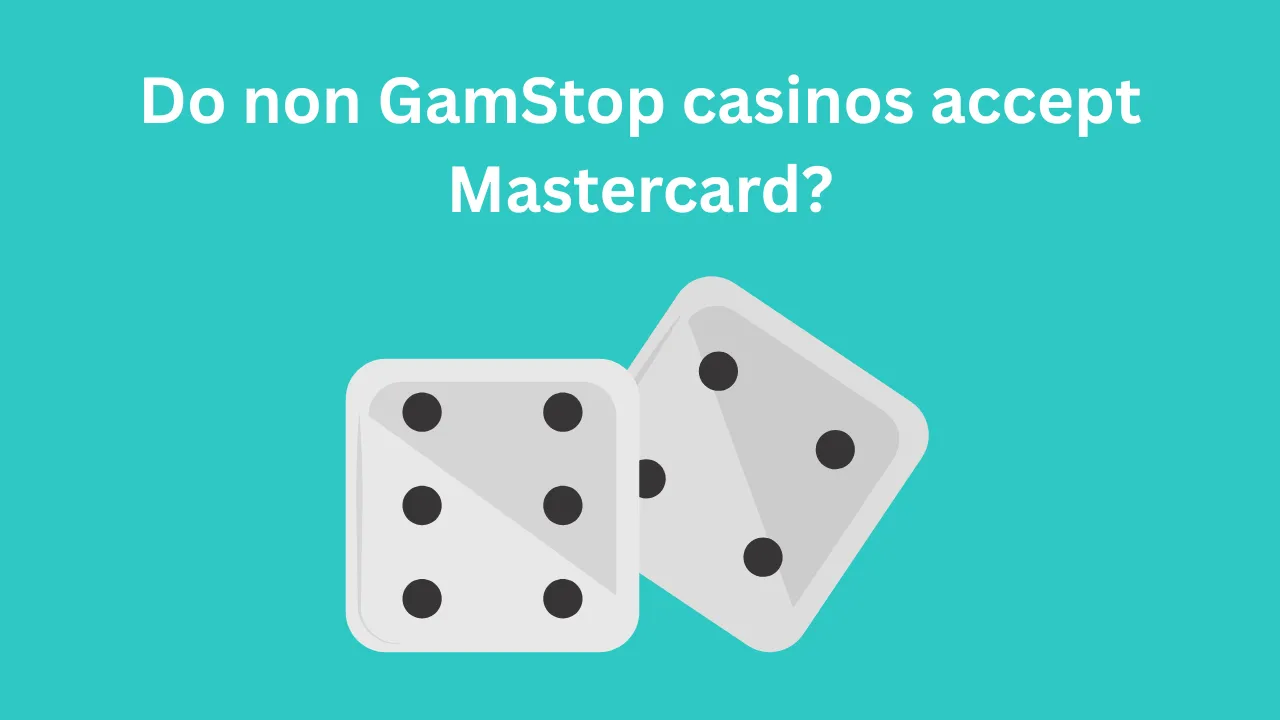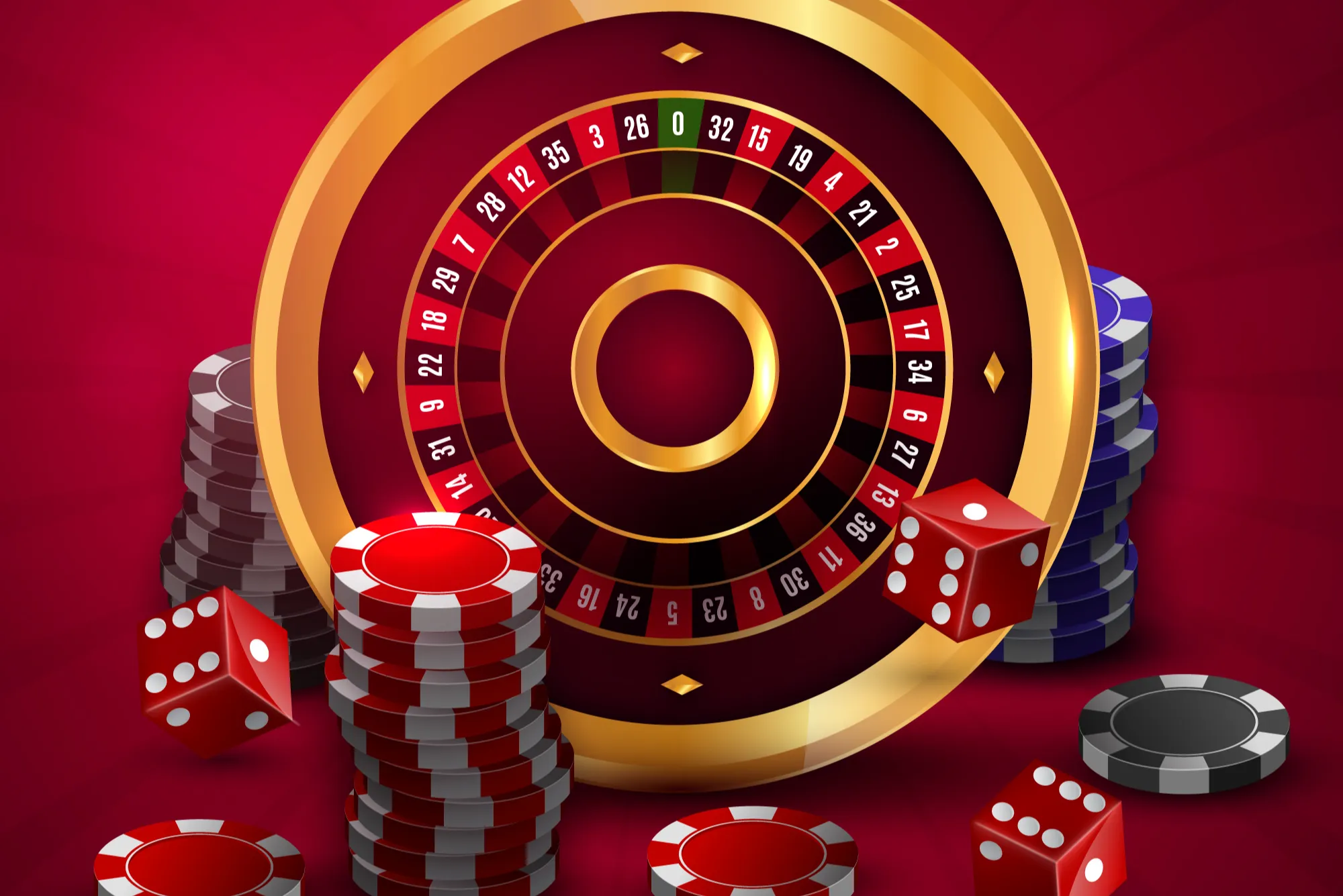A visually stunning website isn’t just about aesthetics—it’s a powerful tool for driving conversions. When users land on your site, their first impression determines whether they stay or leave. A well-designed website builds trust, enhances user experience (UX), and guides visitors toward taking action. From color psychology to seamless navigation, every design choice impacts conversions. In this guide, we’ll explore key strategies to create a visually captivating website that not only looks good but also turns visitors into loyal customers.
Understanding the Psychology of Web Design
Your website’s design influences emotions, perceptions, and actions. Colors, fonts, and layouts trigger subconscious reactions that shape user behavior. Warm colors like red and orange evoke urgency, making them ideal for call-to-action (CTA) buttons. Blue and green, associated with trust and calmness, work well for financial and health-related sites. Typography also plays a role—clean, readable fonts enhance clarity, while bold headings grab attention. Strategic use of whitespace improves readability, helping users focus on key messages.
A visually stunning website also relies on visual hierarchy—guiding users’ eyes to the most important elements, such as headlines, CTAs, and product images. Placing high-impact content above the fold ensures visitors engage with key information immediately.
Crafting a High-Converting User Experience (UX)
Stunning visuals alone won’t boost conversions unless paired with exceptional UX. A slow-loading, cluttered website frustrates users, leading to high bounce rates. Optimize page speed by compressing images, enabling caching, and using a reliable hosting provider. Ensure your design is mobile-responsive, as over 50% of web traffic comes from mobile devices.
Clear navigation enhances usability. Visitors should find what they need within three clicks. A well-structured menu, breadcrumb trails, and an intuitive search bar improve accessibility. Interactive elements, such as hover effects and dynamic scrolling, create an engaging experience, but they should never compromise functionality.
Trust signals, such as customer testimonials, security badges, and social proof, build credibility. A visually appealing yet clutter-free checkout process reduces cart abandonment rates. Use minimal form fields, clear progress indicators, and multiple payment options to streamline conversions.
The Role of Branding in Web Design
Your website should be an extension of your brand identity. Consistent use of brand colors, logos, and messaging fosters recognition and trust. Storytelling plays a crucial role in branding—visitors should instantly understand your brand’s mission and values.
Luxury brands, for example, use high-quality images, sleek typography, and minimalistic layouts to convey exclusivity. Fast fashion websites, on the other hand, often use vibrant visuals, bold fonts, and dynamic elements to create a sense of urgency. Understanding your target audience helps tailor your design to their expectations.
Exclusivity can also be built through limited-edition releases, member-only content, and personalized experiences. A visually stunning website with exclusive elements makes users feel special, encouraging engagement and loyalty.
Optimizing for Conversions with Strategic CTAs
A stunning website is meaningless without compelling calls-to-action. CTAs should be visually distinct, using contrasting colors to stand out. Action-oriented language, such as “Get Started,” “Claim Your Offer,” or “Shop Now,” creates a sense of urgency.
Placement matters—CTAs should appear above the fold, at the end of content, and within interactive elements. Personalization also enhances effectiveness. Instead of a generic “Subscribe,” try “Get Exclusive Deals in Your Inbox.” A/B testing different CTA designs, colors, and placements helps identify what works best.
Integrating SEO for Maximum Visibility
A beautifully designed website won’t drive conversions if it doesn’t attract visitors. SEO optimization ensures your site ranks high in search engines. Use relevant keywords naturally in headings, meta descriptions, and throughout your content.
Internal linking keeps users engaged by guiding them to related pages. External links to authoritative sources improve credibility. For example, if your website includes an interactive location feature, you can use tools like make a map with pins to enhance user engagement.
Structured data, fast-loading images, and mobile-friendliness improve search rankings. Blog content, case studies, and how-to guides establish authority while keeping visitors engaged longer.
Leveraging Visual Storytelling and Multimedia
A picture is worth a thousand words, but a well-crafted visual story can be worth even more in conversions. High-quality images, videos, and animations create emotional connections with visitors. Hero images with persuasive messaging instantly capture attention.
Explainer videos boost engagement by simplifying complex ideas. Interactive elements, such as sliders and carousels, make browsing enjoyable. However, balance is key—too many animations or auto-playing videos can slow down your site and frustrate users.
Minimalistic design with strategic multimedia elements enhances clarity and impact. Every visual should serve a purpose, guiding visitors toward a conversion goal.
The Financial Impact of High-Quality Web Design
Investing in a visually stunning website directly affects revenue. Luxury brands often allocate significant budgets to website aesthetics, ensuring a premium experience that justifies higher pricing. Fast fashion brands, while focused on affordability, use bold visuals and urgency-driven design to increase conversions.
Production costs vary depending on the complexity of design elements. Custom-built websites with advanced features require higher budgets, while template-based designs offer cost-effective solutions. However, cutting corners on web design can hurt credibility and conversions.
Sustainability efforts also influence web design choices. Environmentally conscious brands use minimalistic layouts and optimized images to reduce digital carbon footprints. Green hosting solutions further align with eco-friendly branding, appealing to sustainability-conscious consumers.
Final Thoughts: Turning Design into Results
A visually stunning website isn’t just about looking good—it’s about creating an experience that drives conversions. From psychology-driven design choices to seamless UX, branding consistency, and SEO integration, every element plays a role in success. By strategically placing CTAs, leveraging storytelling, and optimizing for search engines, your website becomes a powerful tool for business growth.
Whether you’re building a luxury brand or a fast fashion empire, the key lies in understanding your audience and designing with purpose. Invest in a website that captivates, engages, and ultimately converts visitors into loyal customers.



